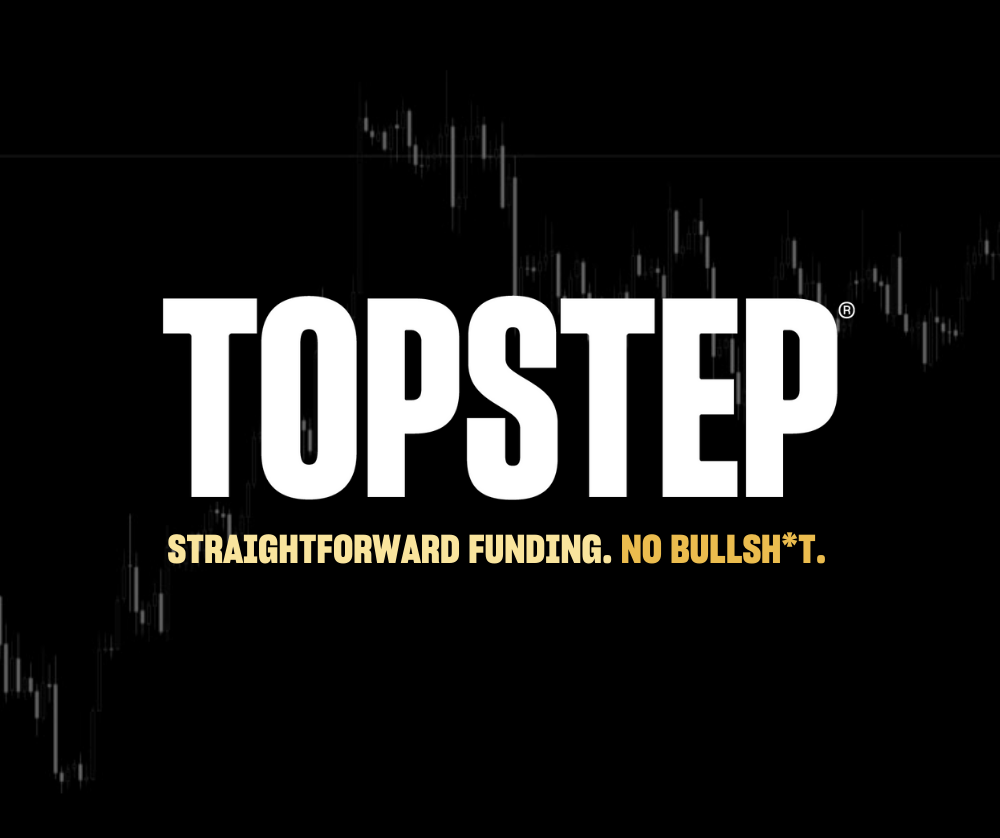The Cup and Handle chart pattern was developed and popularized by William J. O’Neil in the 1980s through his CANSLIM methodology, Investor’s Business Daily and his book “How to Make Money in Stocks.”
The Cup and Handle pattern resembles a cup with a handle. They are continuation patterns and usually form in bullish trends. Most of these patterns are very reliable and offer great trading opportunities. They also form in all markets and in all time-frames. The “cup” formation is developed as a consolidation phase during price rallies from the round bottom formation over multiple weeks to months. The “handle” part forms due to a price correction after the cup formation and before a clear breakout to the upside.
The cup and handle pattern structure show the momentum pause after reaching a new high in a U-Shaped form, followed by another attempt to breakout. When this breakout from the rim of the cup fails it starts to fall back to build the “handle” structure. Usually, the handle structures are small, and the handle depth should not exceed more than 50% of cup depth. This handle part of the pattern generates interest in buyers as they expect the pattern to breakout from these levels. The pattern is valid only if price convincingly breaks out with increased volume above the rim of the cup levels.
Key pattern characteristics
- Trend: Prior trend before the formation of a cup and handle pattern must be bullish.
- Cup shape: The cup formation should be “U- shaped” and not “V-shaped.”
- Cup depth: Cup should retrace at least 25% of cup depth but may not be more than 50% of cup depth.
- Handle: Handle resembles a flag formation in a pullback fashion. Breadth (width) of a handle is usually small, and it can be 25% to 40% of a cup’s width.
- Volume: Volume diminishes during the first half of the cup and increases during the right side rise of the cup. The handle also exhibits a similar volume behavior. Volume should see a significant surge during breakout above the rim level.
- Duration: Cup and handle patterns must have extended breadth (two to 12 weeks) to be a valid pattern (see “Cup & Handle,” below).
How to trade
Entry: Cup and handle patterns present great bullish trading opportunities. When the pattern breaks out above the rim of the cup, a “long” trade is entered above the high of the breakout bar.
Stop: A stop should be placed below the middle of the handle level.
Targets: Targets are placed at 62% and 127% of the height of the cup above breakout level.
Trade description
The following example shows cup and handle pattern formation on the Netgear Inc. (NTGR) daily chart.
During 2016, Netgear stock rose from a low of $33.39 to $60.80 in a steep uptrend. From October 2016 to December 2016 it formed a cup formation (u-shape), and since December, it is now forming a handle structure (see “Gearing for a breakout,” below).
- Current close of NTGR is $55.25.
- Rim of the cup and breakout level is at $60.80.
- If price closes above the rim of the cup (breakout level) with a significant increase in volume, enter a long trade above $60.80.
- Place a stop below the middle of the handle low (53.65).
- The height of the cup is $12.45.
- Targets are placed at 62% ($68.50) and 127% ($76.60) of the height computed above the breakout levels.






